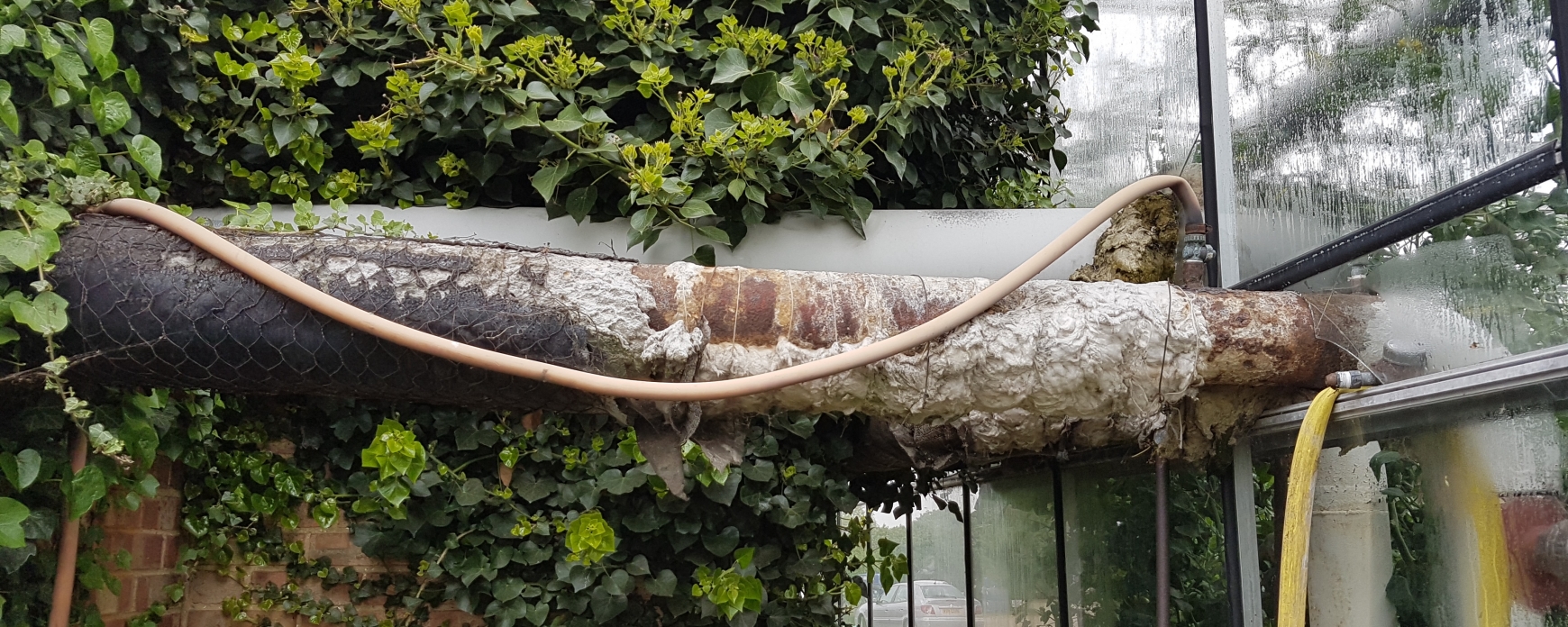The global effort to reduce manmade emissions of the greenhouse gas CO2 has always been a two-pronged assault. Energy usage is reduced by efficiency improvements and decarbonised through renewable sources.
The recent analysis of the competing sectors’ relative contributions has shown that since 2005, energy efficiency has contributed a 103TWh reduction in energy demand, slightly ahead of renewables which displaced 95TWh of fossil fuel energy. (1TWh = 1 million MWh). However, renewable energy tends to hog the limelight, because it involves sizeable and visible hardware, e.g. solar panels, wind turbines, tidal barrages etc., which can polarise opinion. Also, renewables have enjoyed larger incentives, until recently. Energy efficiency, meanwhile, is the Cinderella technology: that same old message about switching things off, right?
Well, not entirely. Like renewables, low energy technology upgrades can present valuable investment opportunities for any business, with demonstrable costs, benefits and payback. Over the years, these too have been affected by incentives and legislation. The latest couple are part carrot, part stick: the Energy Savings Opportunities Scheme (ESOS) is mandatory for larger businesses, but comes with a fully costed audit of tailored potential projects, while Streamlined Energy and Carbon Reporting (SECR) which will be implemented from April 2019 will affect a lot of smaller businesses as the replacement for the Carbon Reduction Commitment (CRC) scheme.
This year, 2019, is the crunch year for Phase 2 of ESOS, requiring compliance by 05 December, with the qualification date of 31 December 2018 already passed, it’s time to arrange your ESOS audit and find out how much your organisation could save. In any case, while it doesn’t garner the headlines in the same way as renewable energy, energy efficiency audits can represent a cost-effective way of identifying low cost, high impact methods of reducing your overall energy spend.


